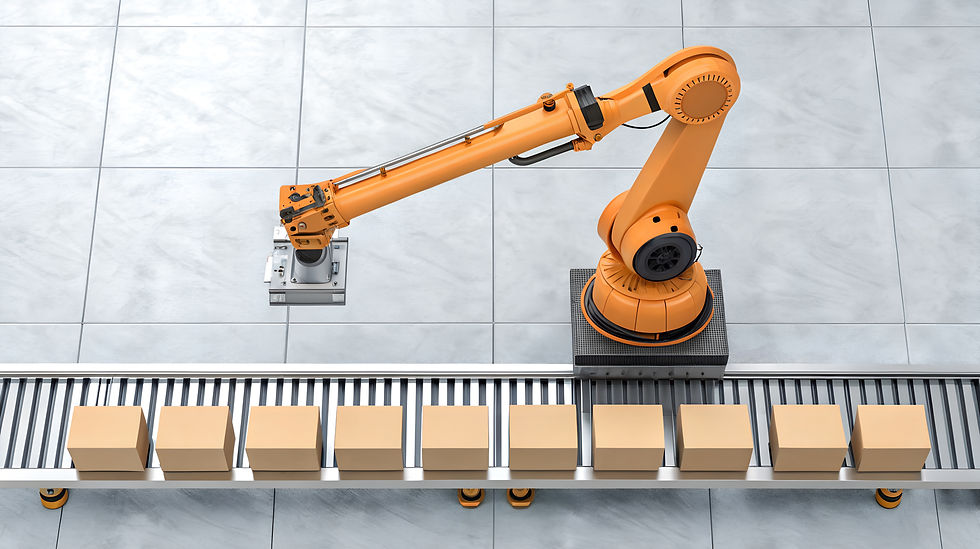Figure 01's Helix Robot: Redefining Humanoid Robotics with Real AI Execution
- Caroline Peters
- May 20
- 2 min read
Updated: Aug 8
Humanoid robots are no longer science fiction—they’re real, functional, and beginning to impact the future of work. Figure 01’s Helix robot is the latest breakthrough in humanoid robotics, showcasing a seamless blend of artificial intelligence, robotics automation, and vision-language-action capabilities.
Unlike previous humanoid demos, such as Tesla’s Optimus, which relied on behind-the-scenes human teleoperation, Helix is built on proven AI execution. The company released detailed findings and data, making the demo not only transparent but repeatable—building public trust in real-world AI deployment.

A Break from the Past:
What makes Helix truly revolutionary is its in-house developed vision-language-action model (VLA), which allowed Figure 01 to pivot away from reliance on OpenAI. With a VLA, robots don’t just recognize commands—they understand context and perform physical tasks based on visual input.
The Helix system integrates two powerful neural networks:
S2, the “brain,” processes visual data and body positioning via a vision-language model (VLM).
S1, the “muscle,” handles fine motor skills using real-time sensor data and transformer-based models to carry out actions like grabbing or placing objects.
This AI-powered robotic system can adapt to new environments and interact with unknown objects, something previous robots struggled with. In a demo, the Helix robot placed a ketchup bottle it had never seen before into a fridge, reasoning its shape and similarity to other known objects. This is generalized intelligence in robotics, no longer reliant on perfect inputs.
The Power of Real-World Learning:
Figure 01 trained Helix using over 500 hours of teleoperated data, mapping natural language prompts to physical actions. Using AI-generated prompts also sped up the annotation and learning process, cutting time and cost without sacrificing accuracy.
Why It Matters for Business:
This leap forward signals the beginning of a new era in AI for business automation. From manufacturing and logistics to service robotics, the use of AI-driven humanoid robots means businesses can begin to consider these systems for repetitive, labor-intensive tasks, especially in human-designed environments.
Helix isn't just about building a flashy robot, it's about solving real-world problems through robotic intelligence that interacts the way humans do: visually, verbally, and physically.



